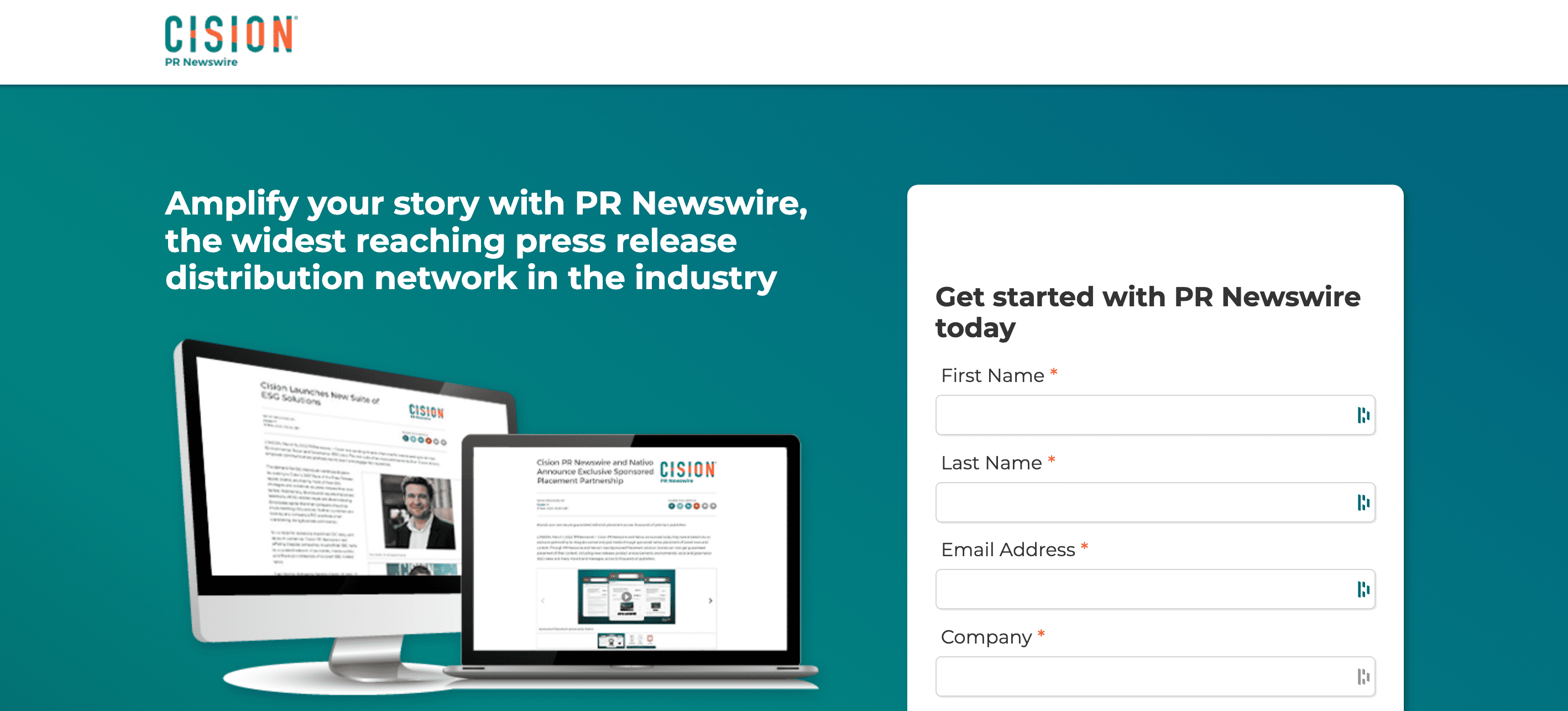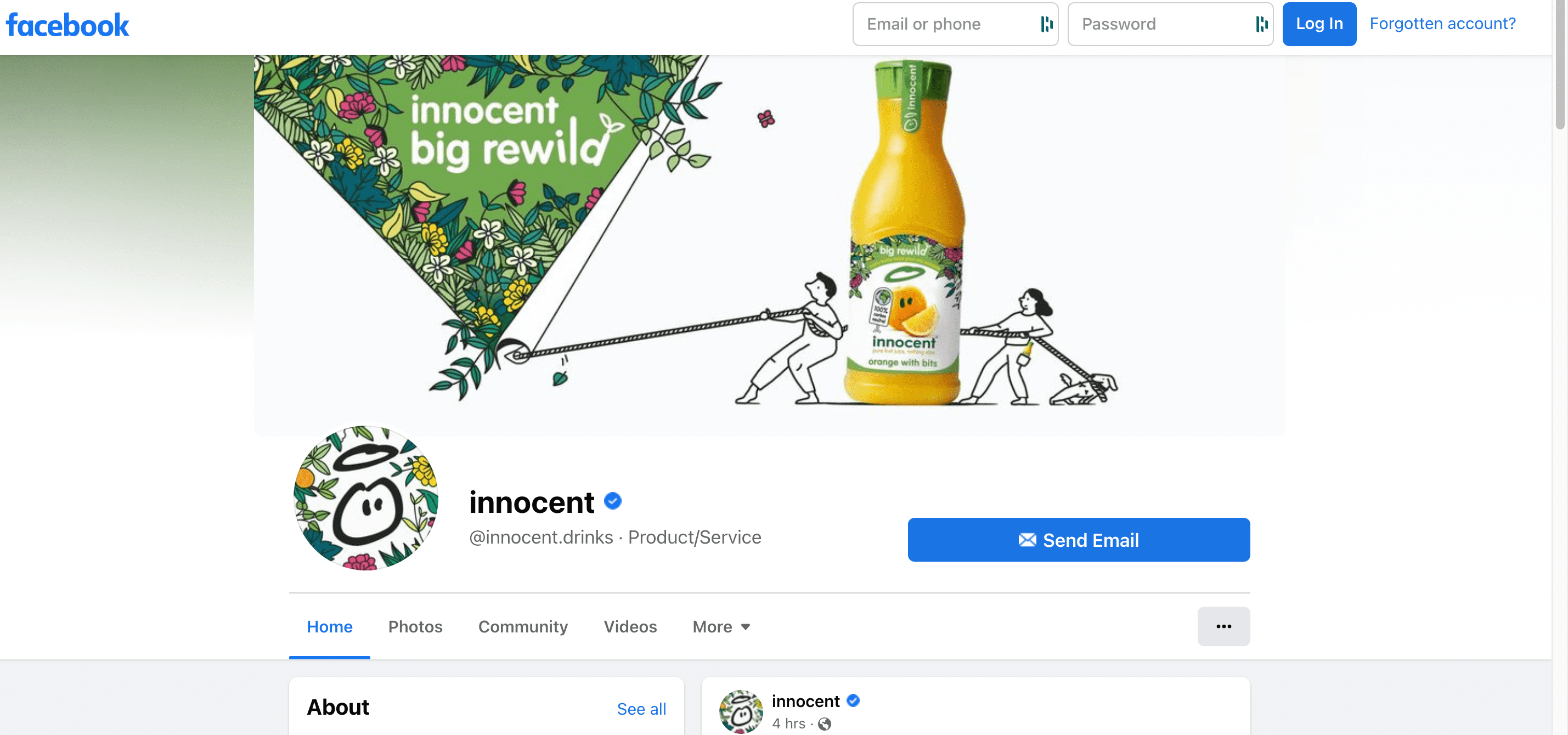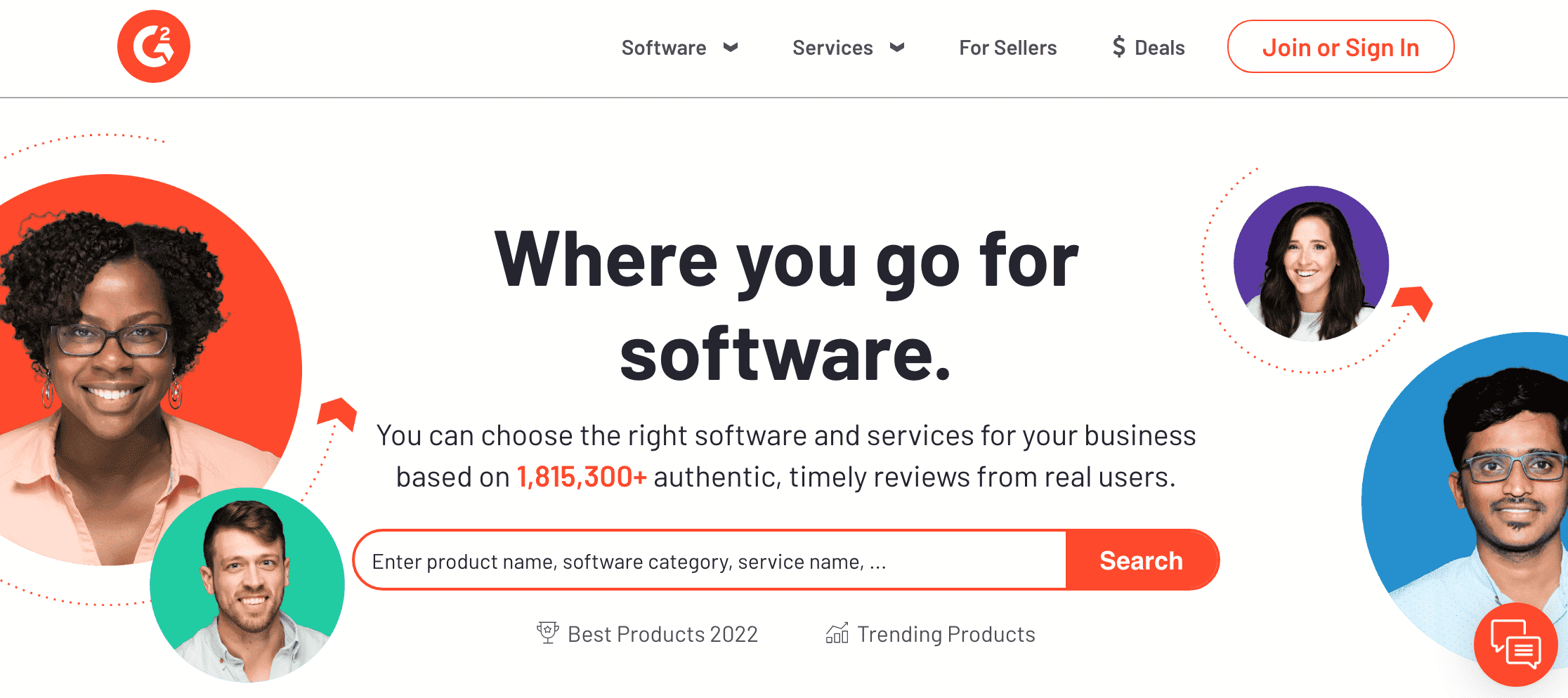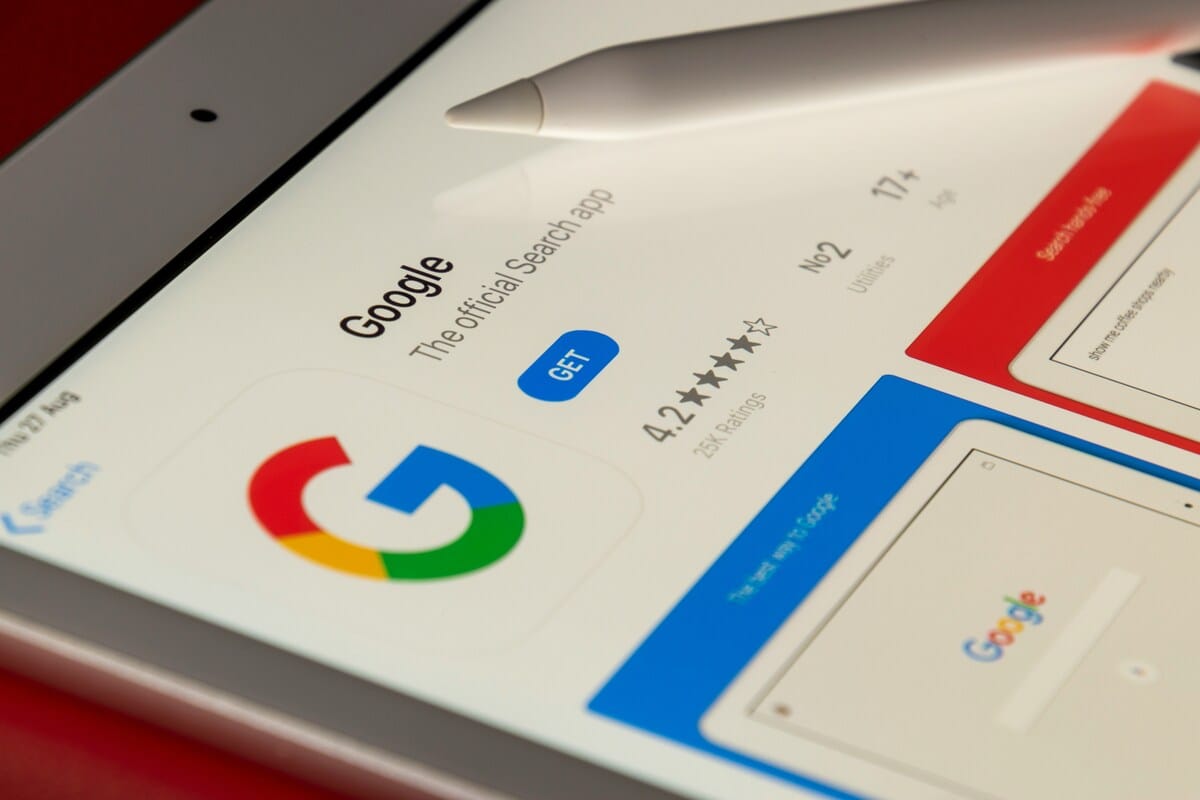Success hinges on transforming innovative ideas into in-demand products that customers can’t resist. 🎁
The challenge?
Chances are, someone else has had the same idea. 😔
Even if they haven’t yet, once they notice your product gaining traction, competitors will quickly strategize how to improve upon it and gain their own competitive edge.
So, how can you stay ahead?
It all starts with understanding your competition. Gathering competitive intelligence is key. The more comprehensive and accurate your data, the better you can navigate the competitive landscape.
In this article, we’ll explore 11 types of competitive intelligence with actionable examples to help you outmaneuver your rivals and sharpen your business strategy.
- Competitor intelligence
- Customer intelligence
- Market intelligence
- Product intelligence
- More hidden information
- Technology intelligence
- Partner and supplier intelligence
- Regulatory and legal intelligence
- Geopolitical and economic intelligence
- Reputation and brand intelligence
- Corporate espionage (one to avoid)
1) Competitor intelligence
In business, it’s not enough to play the game – you need to anticipate your opponent's next move. That’s where competitor intelligence comes in.
This practice involves a strategic, ongoing analysis of your rivals:
- What are their strengths?
- Where do their vulnerabilities lie?
- How are they positioning themselves?
By keeping a close watch on their financial reports, product releases, and even key hires, businesses can gain a clearer picture of the competitive landscape.
Why competitor intelligence is important
On the effort-to-utility continuum, this one sits at low-effort, high utility. You’ll be able to perform some cracking competitive analysis and come to some great strategic decisions with this kind of intel.
Since they’re sharing it openly, your competitors want you (or at least the public) to know about this stuff. This also means it’s fair game and easy to obtain. The downside is there can be a lot of it, so focus on what’s most relevant to you.
To do that, you’ll need to filter out the noise.
How to prioritize competitors
The best way to filter is to prioritize your competitors, focusing on those that would yield the highest ROI if you were to beat them.
That could mean those competitors you frequently but narrowly lose out to. It might not require too much work to edge them out and win a much larger number of deals each month.
Or, it could mean targeting a competitor who attracts very high-value deals. Winning against this competitor just two or three more times in a month can make a great impact on your bottom line.
In short, focus on those competitors where the expected return makes sense given the investment it’d take to beat them.
Now onto the intel. 👇
Press releases
Paying attention to press releases is an ethical way of obtaining intel on the most pertinent competitor developments.
To scale this, a subscription to a service like PR Newswire helps a lot. You’ll set particular keywords (e.g. competitor names) to look out for and you’ll get an alert delivered straight to your email inbox every time they put out a new press release.

These announcements usually include everything from changes in the leadership team and senior management, to mergers and acquisitions, and new product launches.
The catch?
Press releases have become less popular in recent years.
If you’re in an established industry surrounded by huge, established competitors, they’ll probably still use press releases to make announcements.
But newer industries full of fast-moving startups might not use them nearly so much, so it pays to cover multiple bases.
Social media
Your competitors’ social media pages are a great place for run-of-the-mill updates.
But the signal can get lost in the noise without a filter.
Today, it’s not uncommon to see larger businesses with built-out marketing and/or social teams post three or more times a day on every social platform. Trying to keep tabs on new, important developments amongst so many updates will be hard.
However, if you’ve implemented a great CI program that has made CI top of mind in your organization, there are ways around this. Distribute the responsibility for collecting intel, and offer an easy way to deliver it. A competitive Slack channel is a simple, effective option. This way, capturing CI from social media platforms has a much lower time cost for each individual.
If that’s not you yet, don’t worry. This is where competitive intelligence tools, like a social listening platform, come into their own. Software makes the process scale.

Frequently asked...
Q: What’s the difference between competitive intelligence tools and social listening tools?
A: Competitive intelligence tools are specific. They work around a core set of named competitors, for whom they’ll gather great amounts of information from all over the internet.
Social listening tools cast a wider net, looking for particular keywords across entire social platforms. This gives you a bit more freedom. If your business model thrives on social media or influencer marketing, this type of tool can make a lot of sense.
Website updates
Your competitors’ websites offer information on just about everything you could want. Here’s a small sample of what you’ll be able to find:
- Team updates;
- Open job positions;
- Changes to competitor products and competitor pricing strategies;
- Changes to content marketing strategy…
And all of these things can serve as crucial indicators of changes in your rivals’ competitive strategy.

For example, if competitor X produces a new lead magnet piece (like an eBook, whitepaper, or set of downloadable templates), you know they’ve invested a chunk of time creating that asset.
The same goes for new landing pages, marketing campaigns, and other strategic initiatives. All of these require a time investment that, presumably, your competitor deems likely to pay off.
If this is new or different from what they’ve done before, you might guess they’re targeting a new market segment or positioning themselves to solve an unmet customer need you’ve not yet moved to meet yourself.
2) Customer intelligence
Customer intelligence is the art of listening to the heartbeat of your market. It's about diving deep into the psyche of your customers, unearthing invaluable insights about their preferences, decoding their buying behaviors, and capturing their unfiltered feedback. This powerful tool empowers companies to:
- Craft laser-focused customer satisfaction surveys
- Tap into the raw, real-time pulse of social media feedback and reviews
- Unravel the complex tapestry of buying behavior patterns
- Paint a vivid picture through nuanced customer segmentation data

Why customer intelligence is important
Your sales leads, prospects, and existing customers are all fabulous sources of competitor intelligence.
Why?
‘Coz they’re talking to your competitors.
This is powerful stuff. Your customers can tell you why they went with you instead of with a competitor. They can tell you what their previous provider did better than you. Plus, they can tell you where you differentiate yourself from the competition, and you can see if this matches your expectations.
Win/loss interviews
Famous marketers and business leaders, from Naval Ravikant to Alex Hormozi, love to talk about leverage. Those areas of the business where inputs lead to disproportionately sized outputs, generating 10x or even 100x ROI.
Well guess what: win/loss interviews are high leverage.
We’ve said it before: your sales leads and prospects are a goldmine of competitor information. Even better, that information is highly relevant and actionable, with massive ROI since your sales team has such a direct impact on revenue.
Interviewing your recently won and lost prospects shows you your leads’ decision-making processes. Why did they choose competitor X over you? What swayed them? Was it a close run thing? Or did you not stand a chance? Why?
Sometimes, the answers are gut-punchingly simple, like:
“Well, your competitor was just pushier. I had to make a decision and they were right there.”
If this is a recurring theme, you have valuable information with an immediate fix. Just take a look at how many follow-ups your sales reps make per lead. Then increase that number and watch what happens.
Other times, the answer might be more subtle. Perhaps your prospect preferred the overall branding and positioning of your competitor, even for reasons they can’t express. But this might give you cause to review your own branding and messaging and evaluate whether those are resolving your target personas’ pain points.
Customer reviews
The truth is, the customers don’t have to be yours to offer great intel.
Whether you’re operating in a B2B or B2C market, customer reviews can tell you a lot. What are your competitors doing well? Where are they dropping the ball?
G2 and Capterra are great sources of B2B reviews, while Trustpilot, Reviews.io, Google Reviews, and similar services do the job for B2C.

Employee feedback
Off on a tangent somewhat, but still very much relevant, is what you’ll hear from a competitor’s current and past employees. Glassdoor can offer some great competitive insights into what it’s like on the inside.
Why is this relevant?
Because you’ll get a sense of how their teams work internally, where the frictions might be, and which teams might be overstretched. Or, you might find that competitor X runs a tight ship and everyone’s happy as larry. Still useful to know!

3) Market intelligence
What if you wanted your competitive intelligence research to be broader in scope, with data that was still pretty easy to get ahold of? Then you’d want to take a look at the wider market, including your indirect competitors.
At this point, some of you might be asking, “If you’ve got a ton of intel on your direct competitors, why would you need less specific info on the wider market?”
Because some industries aren’t chock-full of big players.
Take Netflix, for example. They compete directly with:
- Amazon Prime Video
- Disney Plus
- even HBO Max.
But in addition to their peer streaming services, they’re also competing with the regular ol’ cable companies.
Sure, those cable companies might not be direct competitors, but they’re competitors nonetheless.
Market intelligence tools can help you with this kind of market research.
Remember our definition of competitive intelligence tools? They accept the names of your competitors, then doggedly pursue those names across the ‘net.
Well, market intelligence tools look for general topics, instead of specific competitors. Depending on the tool, they might act more as a data-aggregator and data-cleaner, but they’ll alert you to the wider goings-on in your industry.
If you’re on a budget, Google Alerts is a good place to start. It’s a simple tool, but an effective one. Even better, it’s free and you can implement it immediately.
4) Product intelligence
Think of product intelligence as the backstage pass to your competitors’ innovations. By dissecting their offerings, businesses unlock valuable details – everything from feature comparisons to pricing strategies. It’s not just about observing; it’s about learning how to outsmart the competition.
Why product intelligence is important
With this intelligence, you can uncover patterns in product life cycles, spot weaknesses in competitors' pricing models, and anticipate their next moves.
Essentially, product intelligence helps companies maintain a competitive edge by staying informed and proactive in an innovation-driven marketplace.
Example of product intelligence
A company monitoring a competitor’s new product release might discover an innovative feature that could disrupt the market, prompting them to accelerate the development of a similar or superior feature.
5) More hidden information
Next, you’ve got more hidden info.
This will require a bit more digging on your part and, while not strictly unethical, going after some of this info might be a little distasteful.
What’s more, since it’s trickier to get ahold of, the ROI can be lower than the types of business intelligence we’ve already discussed. Remember that, with so much intel out there for you to keep up with, prioritization is the name of the game.
For those reasons, you’ll have to make the call on whether this hidden info is worth the opportunity cost. But if yours is a highly competitive environment, it could help you carve out a competitive edge.
Revenue information
Your competitors’ revenue information might be intel you want to gather.
The data you’ll have access to is unlikely to be perfect. This makes the final values you end up with estimates at best. For the time it takes to dig out the information, you might decide it’s better spent elsewhere.
That said, accurate estimates can offer a ton of value if you know what to do with them. Financial items like gross margins, net dollar retention, debt, and operating expenses can all inform your competitive strategy and give you insight into your competitors’ inner workings. And the revenue a competitor's product or service generates is a great metric for establishing its relative success.
You might use this intel for benchmarking purposes, to inform your pricing strategy, or to help you prioritize your tier-one competitors.
Patent filings
When your competitor files a patent application, it’s a big deal.
Patents, of course, are exclusive rights granted for an invention. So, depending on your industry, this may be more or less common.
In short, a patent filing is a sign your competitor has created something they think is a big deal. Big enough that they need to move to protect it as intellectual property.
That could mean they’re pushing for market share in a whole new target segment. Or, it could mean a new product they’ve been working on has reached maturity.
Either way, this kind of intel is similar to the press release in its level of importance. It’s an uncommon event that should force you to sit up, take notice, and decide whether a strategic response is required.
Content and SEO strategy
Only ‘hidden’ in the sense that you might not think of this as competitive intelligence (and also because it’s your content or marketing team that’s likely to collect and action this kind of data, rather than a product marketer or CI pro).
Competitive SEO analysis is a pretty useful (and ethical) add-on to your competitive strategy.
By using a tool like Ahrefs or Semrush to gather data on your competitors’ most successful content and targeted keywords, you’re able to see where your competitors are investing their content marketing efforts. This saves you from keeping close tabs on their published content.
Plus, it can give you a clearer picture of your competitors’ priorities. Which problems are they positioning themselves as the best solution for? Which personas are they going after hardest?

6) Technology intelligence
Technology intelligence allows businesses to monitor breakthroughs in innovation, whether that’s the rise of AI, blockchain, or other emerging technologies.
This intelligence serves as a spotlight, illuminating the areas where competitors are investing in research and development, filing patents, or introducing new tech-driven products.
Why technology intelligence is important
For any company aiming to stay relevant, tracking these developments ensures they aren’t left behind as the industry evolves. Technology intelligence helps companies avoid being disrupted by competitors and allows them to lead in innovation.
Example of technology intelligence
A company tracking patent filings might discover that a competitor is working on a breakthrough in renewable energy technology, which could impact the company’s market positioning. This prompts early R&D investment in similar or adjacent areas.
7) Partner and supplier intelligence
This type of intelligence focuses on gathering information about a competitor’s key partnerships, alliances, suppliers, and third-party collaborations. Understanding these relationships can provide insights into their supply chain, cost structure, and potential future moves.
- Supplier agreements, supply chain analysis
- Partnership announcements, joint ventures
- Strategic alliances in technology or services
Why partner and supplier intelligence is important
Competitors often rely on suppliers and partners for critical operations. Tracking these relationships can help you spot vulnerabilities, upcoming changes, or opportunities to improve your own supplier network.
Example of partner and supplier intelligence
Analyzing a competitor's partnership with a leading tech firm, which could signal an upcoming innovation or product launch.
8) Regulatory and legal intelligence
Regulatory and legal intelligence keeps companies ahead of potential roadblocks by tracking laws, regulations, and policy changes that could impact operations.
From patent filings to lawsuit trends, this intelligence provides a comprehensive view of the legal risks and opportunities within your industry.
Additionally, keeping an eye on regulatory approvals – or rejections – can offer insights into how competitors may be affected by compliance issues, helping you refine your strategies in response to emerging legal frameworks.
Why regulatory and legal intelligence is important
Staying on top of regulatory shifts allows you to anticipate changes that might affect your business or give competitors an edge (or disadvantage) in specific markets.
Example of regulatory and legal intelligence
Monitoring regulatory developments in privacy laws to understand how a competitor’s data-driven services may be affected in specific regions.
9) Geopolitical and economic intelligence
No business operates in isolation, and the forces of geopolitics and economics can have a profound impact on market dynamics.
Geopolitical and economic intelligence helps companies make sense of international trade policies, political events, and currency fluctuations that might influence their market or competitors.
When sanctions or tariffs are imposed, or when economic instability arises in key markets, businesses armed with this intelligence can adapt swiftly.
Why geopolitical and economic intelligence is important
Businesses that operate internationally or source materials globally can be deeply impacted by geopolitical events. Keeping track of these factors helps you foresee risks and adjust your global strategies accordingly.
Example of geopolitical and economic intelligence
Analyzing the impact of trade sanctions on a competitor that relies on a foreign supplier, which may disrupt their operations or pricing.
10) Reputation and brand intelligence
Reputation, as they say, can take years to build and minutes to destroy.
Reputation and brand intelligence involves tracking how competitors are perceived by the public, customers, and media.
- Are they viewed favorably?
- Are there vulnerabilities in their brand positioning?
Through analyzing social media sentiment, media coverage, and brand surveys, businesses can adjust their own brand strategy to capitalize on competitors’ weaknesses or reinforce their own strengths.
Staying aware of the shifts in public perception allows companies to react quickly, protecting their brand and seizing new opportunities in the market.
Why reputation and brand intelligence is important
Brand reputation can heavily influence customer decisions. Keeping tabs on how competitors are perceived allows you to capitalize on negative sentiment or adjust your own brand strategy.
Example of reputation and brand intelligence
Identifying a competitor facing public backlash over a PR crisis and using the opportunity to highlight your company’s strengths in the same area.
11) Corporate espionage 🙅♀️
We’ve saved this one for last. Not because it’s the best, but because it’s worth a warning.
The term “corporate espionage” sounds fancy, but just describes unethical and/or illegal means of gathering intel on your competitors.
This might include phone tapping, illegally accessing email records, or hacking databases and computer systems. On the “less severe, but still sketchy” end of the scale, you’ve got things like paying mystery shoppers or actors to pose as “real” customers to gather information. Even pretending to be someone you’re not when signing up for a competitor’s free trial is looked down upon.
The truth is, there’s just no reason to stoop to these low levels. You’re better than that and, with the right approach, there’s a ton more useful information freely available for those willing to look.
And hey, isn’t it more rewarding to beat your competitors with a bit of a handicap?
What's next?
Loving our content, but want to get closer to the source of insights like these? Then you've gotta join our competitive intelligence Slack community.
Don't miss out on this opportunity to connect with CI's best and brightest.
Click below to see what it's all about. 👇







.png?v=bdb44a2121)